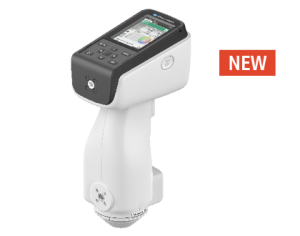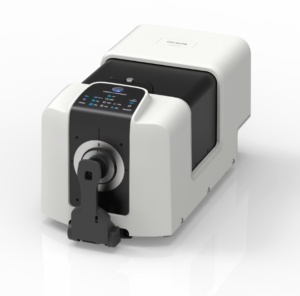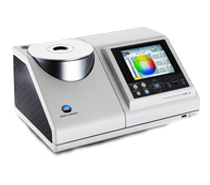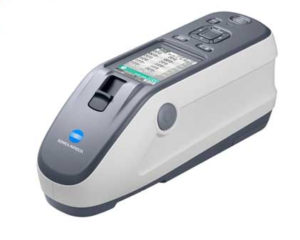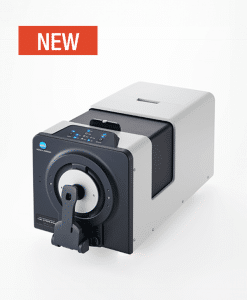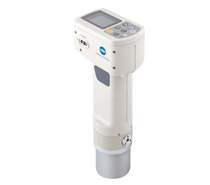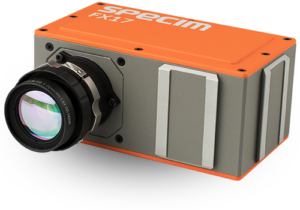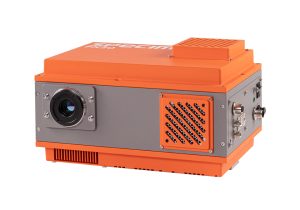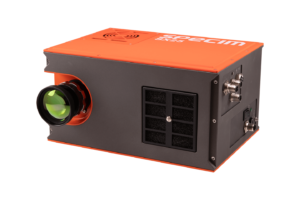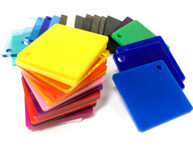
Plastics Industry Solutions
Color is one of the most important factors in the quality of recycled polymers and one of the key elements considered by manufacturers committed to using recycled materials in their products. Ensuring consistency and accuracy in color measurement is key.
From raw material to final product, Konica Minolta offers high-performance instruments, software, and controlled lighting solutions used to formulate colors and meet color quality standards for the plastics industry. These solutions allow users to accurately evaluate, reproduce, and control the color and appearance of opaque, transparent, and translucent samples in a more streamlined process internally and throughout the supply chain. In addition to reducing the amount of rejects and waste, users can optimize energy, time, and money for peak efficiency.
The sorting process is a critical step in recycling. Better sorting accuracy means separating different material grades better, resulting in higher value recovery. Hyperspectral cameras can accurately and reliably differentiate materials based on their chemical composition. They measure and analyze the spectrum of light reflected from or transmitted through the material. Hyperspectral cameras increase sorting accuracy by providing precise information on material type. The latest generation of hyperspectral cameras can increase the purity of recycled materials by close to 100 %. Increasing the purity of recycled plastic by even a few percent can double its value. Extracting more recyclable material also means we dispose of less waste in landfills.
Key Uses for Color Measurement in Plastics Industry:
- Injection Molding – Color measurement is crucial in the injection molding industry to confirm that molded parts consistently match design specifications and customer expectations, saving time on potential waste and/or rework. This is especially important in industries such as automotive, consumer electronics, medical devices, and packaging where precise and consistent color is essential for brand identity, functionality, and regulatory compliance, and allows for quicker development, approvals, and time to market.
- Extrusion – In the extrusion plastic market color measurement is essential to ensure consistent appearance and quality across continuous production runs. At-line color inspection allows for confidence in finished product, and reduces the chance for large amounts of scrap, by catching color inconsistencies during the process, not after. Industries such as building materials (e.g., vinyl siding, piping, etc.) automotive (e.g., trim, etc.), packaging (e.g., films, containers, etc.) and consumers goods rely on precise color control to meet aesthetic, functional, and regulatory requirements.
- Blow Molding – To ensure uniform colors in hollow plastic products like bottles, containers, and consumer products, color measurements are vital. Industries such as food and beverage, personal care, household chemicals, pharmaceuticals, and recreational products depend on consistent color for brand recognition, product appeal, and compliance with industry standards. Use of a spectrophotometer allows manufacturers to assign objective, numerical values to parts with tight tolerances to achieve color constancy in final assembly, where additional parts may come from different suppliers. This drastically reduces approval time and waste while increases quality rates.
- Masterbatch – Color measurement is critical in the masterbatch industry to guarantee highly accurate color formulation and consistency in color concentrates used for coloring plastics. Industries including automotive, building materials, and packaging rely on accurate color matching to maintain product quality and meet customer specifications across various plastic procession methods, as well as supply chains. A spectrophotometer allows masterbatches to create color recipes based on the best match to the target for color-critical samples using less colorants in a “trial and error” method. Masterbatchers can also use a spectrophotometer to achieve a close color match with lower cost colorants to save money and determine a set percentage of recycled material to be used, thus achieving a level of sustainability.
Recommended Plastics Color Measurement Instruments
The following products are our most recommended for plastics measurement, our specialist team can help to advise you on which product is best suited for your needs:
Frequently Asked Questions
How to measure the color of plastic?
To measure the color of plastic, a spectrophotometer analyses how the material reflects or transmits colored light from the presented sample across the visible spectrum. After calibrating the instrument, the plastic sample is placed against the measurement port, and color data (such as raw spectral data or tri-stimulus data, such as CIEL*a*b* values) is captured. This allows for objective, repeatable evaluation to ensure color consistency and quality control. The spectral data or tri-stimulus data attaches numerical data to the sample and allows for enhanced communication on or about the sample(s).
What is the ISO Standard for color measurement?
The ISO Standard pertaining to color measurement with a spectrophotometer is ISO 11664-4. This was formerly CIE 15, which is sometimes still used for reference.
How is plastic quality measured?
Plastic color quality is measured by comparing the sample’s color values against a standard using a spectrophotometer, with the overall color difference quantified as ΔE*. A lower ΔE* indicates a closer match, ensuring consistency and visual quality across production batches and within the supply chain. As mentioned, ΔE* is a total color difference metric developed using differences of the sample against a know target based on the CIEL*a*b* color space.
Resources
We have a wide range of resources looking at color measurement, here are some of the most popular:
Learn how to be more efficient and save on costs through color consistency in our white paper
Packaging is key to the perception of your product. Find out how to be consistent with color.
Hyperspectral imaging is the only technology capable of identifying different black plastic types. Find out more in our white paper.
